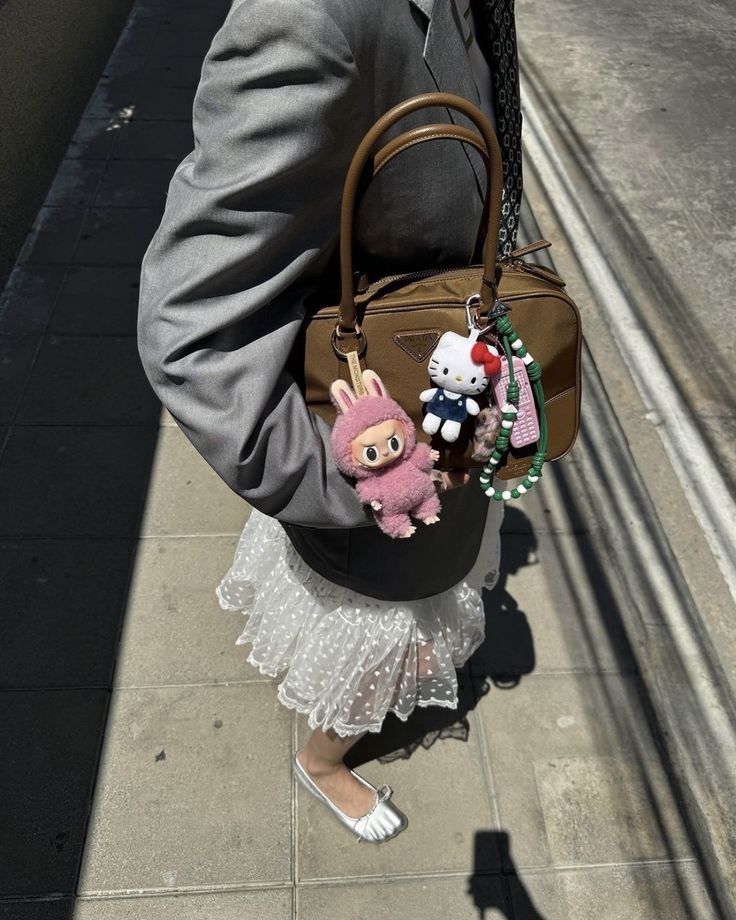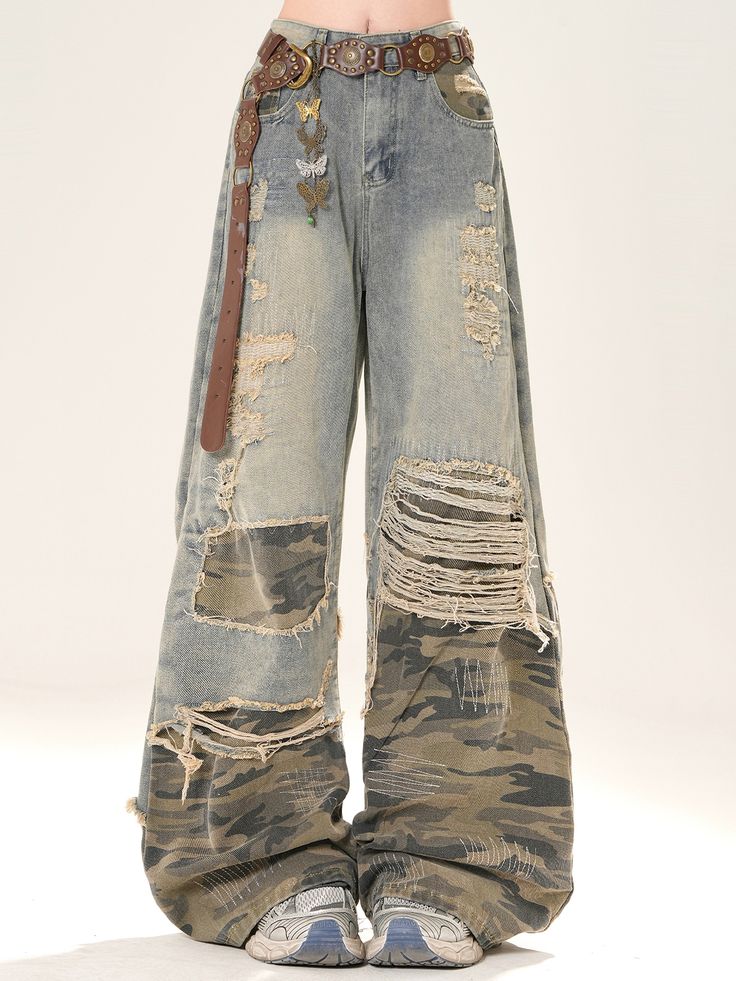
While fashion weeks showcase grand gestures and dramatic silhouettes, the real style revolution is happening in the smallest details. Beaded shoelaces on worn sneakers, fluffy keychains adorning structured handbags, unexpected camo accents on professional blazers—these micro-trends are proving that personal style can live in the minutiae purchases.
This shift reflects a generation that’s learned to express creativity within budget constraints while making existing wardrobes feel fresh and current.
The beauty of micro-trends lies in their accessibility and reversibility. Unlike committing to an entire aesthetic overhaul, these small details offer low-risk ways to experiment with new looks, express personality, and participate in fashion culture without major investment or long-term commitment.
This Season’s Micro-Movement
The most compelling micro-trends of 2025 share a common thread: they add personality to basics while bridging different style aesthetics. Take beaded shoelaces, for example. This detail can make pristine white sneakers feel bohemian, add whimsy to professional oxford shoes, or create unexpected femininity in sporty looks. The same pair of shoes becomes a chameleon, adapting to different moods and occasions.
Fluffy keychains represent another fascinating micro-trend that blurs the lines between accessories and toys, sophistication and playfulness. Attached to structured leather handbags, they create visual tension that feels both rebellious and charming. The trend speaks to our desire for comfort and whimsy in an increasingly serious world.

Customized neckties add a special personality and create unexpected looks. It could be feminine, rocky, Gothic, sporty, beady and so on. The same tie becomes a chameleon, adapting to different moods and occasions.

Camo accents have evolved far beyond their military origins to become a neutral pattern that adds visual interest without overwhelming. Whether it’s camo-print shoe laces, bag straps, or even button covers, this pattern works as a modern neutral that pairs surprisingly well with feminine, professional, and casual aesthetics.
Riding boots have made an unexpected comeback, but not as traditional equestrian wear. Instead, they’re being styled as the foundation for contemporary looks—paired with flowing midi skirts for romantic contrast, or worn with wide-leg trousers for a modern take on power dressing. The boots provide structure and edge while remaining surprisingly versatile.
The Psychology Behind Micro-Trend Adoption
Fashion psychologist Dr. Jennifer Baumgartner explains that micro-trends satisfy our need for novelty without triggering decision fatigue or buyer’s remorse. “Small changes provide the psychological benefits of self-expression and creativity while minimizing risk and commitment,” she notes. This approach aligns perfectly with our current economic climate and environmental consciousness.
The micro-trend phenomenon also reflects how social media has changed fashion consumption. Instagram and TikTok favor close-up shots that highlight details over full outfit photos. Users gain more engagement by showing how they’ve styled specific accessories or added unique touches to basic pieces than by showcasing entire expensive outfits.
There’s also a generational aspect to micro-trend adoption. Younger consumers have grown up customizing everything from phone cases to laptop stickers. Applying this personalization mindset to fashion feels natural and authentic. Meanwhile, older consumers appreciate the ability to stay current without abandoning their established personal style or budget.
Social media’s role in amplifying micro-trends shows no signs of diminishing. Platforms increasingly favor content that shows creativity within constraints—how to style basic pieces in unexpected ways, or add personality through small details. This content performs better than traditional outfit posts because it’s more achievable for average consumers.
The trend toward micro-fashion details also reflects our increasingly individual approach to style. Rather than adopting complete looks from influencers or magazines, consumers are becoming more sophisticated about selecting elements that work with their personal aesthetic and lifestyle needs.
External Sources:
– Fashion Snoops trend forecasting data
– Dr. Jennifer Baumgartner fashion psychology research
– Social media engagement statistics on fashion content

